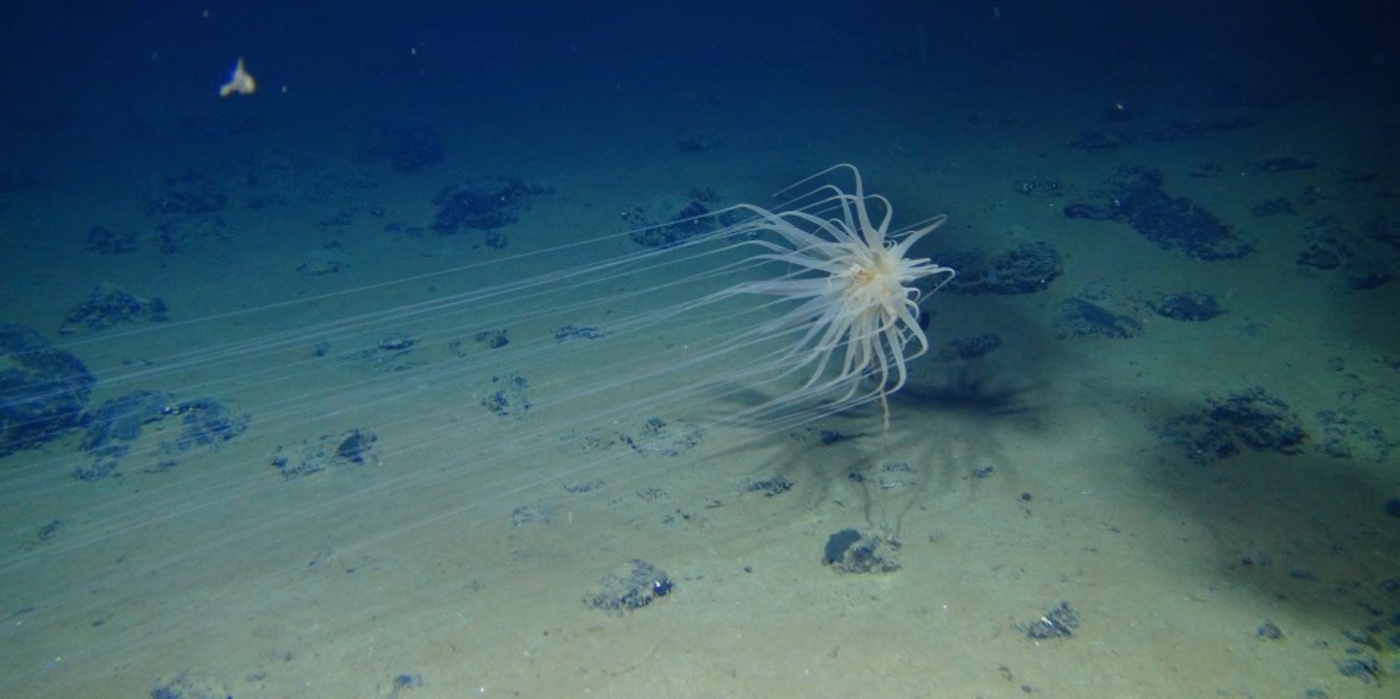Deep sea surveying

Mining the ocean floor is inevitable, according to associate professor of ocean sciences Phoebe Lam. Unfortunately, that could cause changes in the ocean’s dynamic metal chemistry with unanticipated consequences.
The concern centers on how miners will separate their quarry—black, potato-sized polymetallic nodules formed over thousands of years—from the surrounding sediment. The nodules contain valuable metals, including manganese, cobalt, nickel, and copper, highly prized for their use in modern electronics. Current schemes to mine the nodules involve scooping up the seabed, picking out the metal lumps on the boat, and finally pumping the dregs back below the surface. But dumping this mineral-rich sludge into the oxygenated upper ocean layer could have dire effects way beyond simply muddying the water.
Manganese oxides in the sludge, for example, bind trace metals. “Even at tiny concentrations of manganese oxides, we see a hugely disproportionate effect,” Lam said. Some trace metals are essential for life; decreasing their bioavailability could make life harder for the photosynthesizing phytoplankton that provide half of Earth’s oxygen.
In November, Lam and other researchers collected water samples from the Clarion-Clipperton Zone, a vast nodule hotbed. Part of the U.S. GEOTRACES GP15 cruise, a two-month expedition to survey ocean trace elements in waters from Alaska to Tahiti, the work will provide baseline measurements that predate mining. Their findings, said Lam, will help inform industry guidelines aimed at reducing the risk of harm to ocean geochemistry—and the vast web of life it supports.

